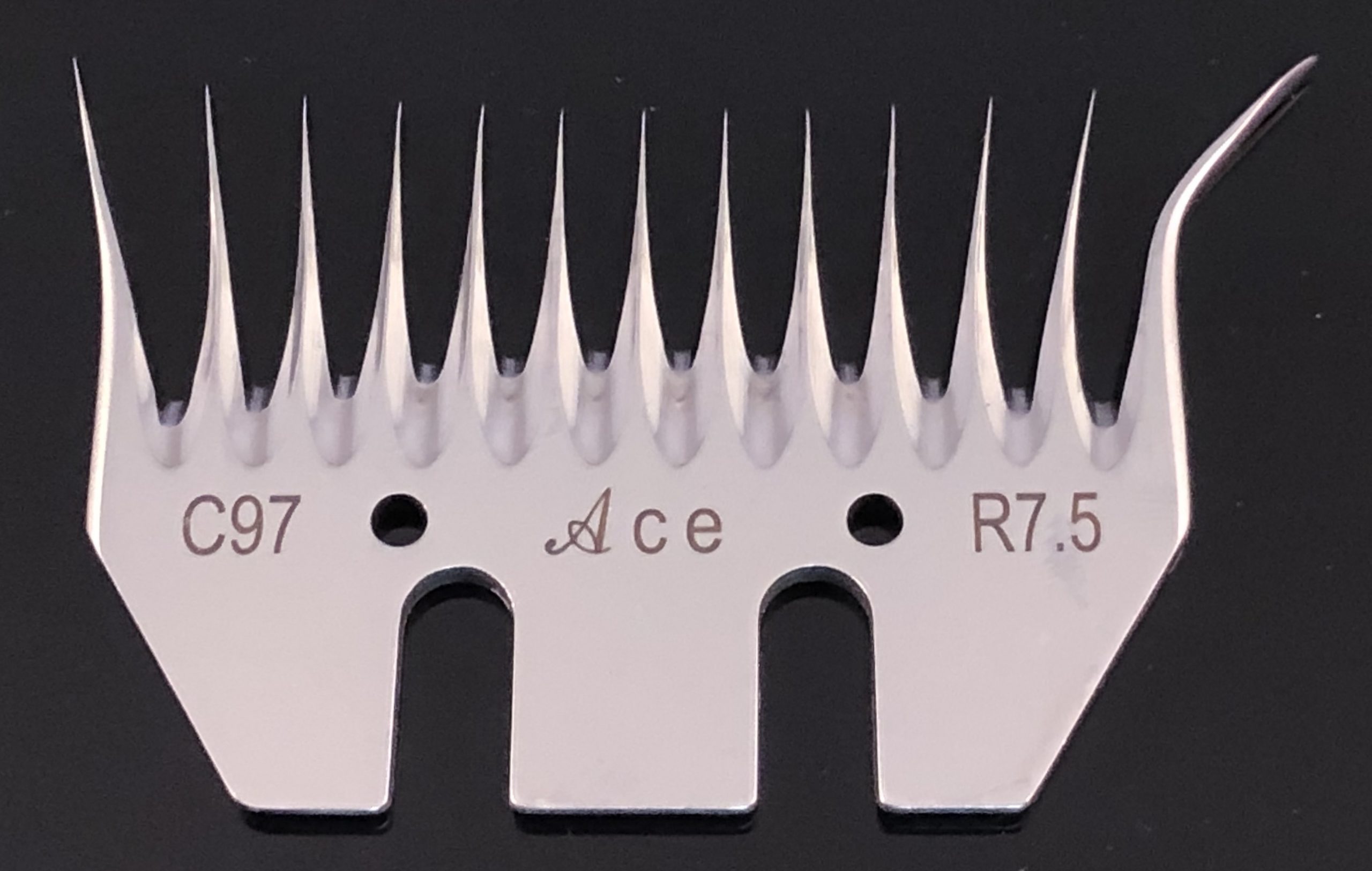Shearing is a one-of-a-kind seasonal interaction between humans and sheep. This act allows humans to wear, knit, and sleep on wool and fine fibers. Shearing, on the other hand, can be perplexing or even frightening to those who are not involved in agriculture.
Shearing before lambing is a method that helps the sheep’s wellbeing while also simplifying management and enhancing flock output. However, to do this technique correctly, there are a few things to bear in mind. These concern principally birth time, stubble length and feeding, and post-shearing protection.
Early shearing helps enhance lamb health and minimize illnesses like a watery mouth when lambing begins in mid-March. There are several reasons to do shearing using ace shearing combs before lambing. Here are some of the reasons below.
Cleaner Environment
Wool may also contain dirt, manure and fluids from the birthing process, all of which can shelter diseases and stimulate their proliferation. A short fleece reduces this problem, resulting in a cleaner environment for both the ewe and her kid.
Easier to Feed the Lambs
Lambs have an easier time getting to the teat. Lambs that can locate the teat rapidly have a better chance of surviving. A large fleece limits access to the udder, making it difficult for a wet infant to locate it. It’s also not unusual to observe lambs suckling on wool tags rather than the teat being fully fleeced ewes. Shearing removes this impediment, making entry simpler.
Shorn ewes take up significantly less space at the feed bunk, allowing more flock to have greater feed access. This enables a more efficient feeding schedule and alleviates the bunk access limit common in smaller ewes. It also aids in improved feed intake in late pregnancy, when intake is typically a limiting factor in lamb growth.
Better Health
Ewes are more active and easier to monitor in terms of health and nutrition. When the ewes are sheared, it is much simpler to assess their body condition and determine when they are about to lamb. Shorn ewes are also more active than full-fleeced ewes, which may benefit mother health in late pregnancy. Ewes that have been shorn are also less prone to become cast or stuck on their backs during the lambing season.
Protection from Bad Weather
In harsh weather, ewes seek shelter. Shorn ewes are far more likely to seek out a more sheltered and less exposed birthplace since they have an instinct to do so to optimize their comfort. Early life loss due to hypothermia/starvation is considerably reduced as a result of this.
Dry Environment
Wool holds a lot of moisture, with a full fleece capable of absorbing a lot of water even when sheep are kept indoors in humid weather. Wool’s moisture-holding capability generates a wet microclimate near the lamb, making it a perfect setting for viruses to thrive. When ewes are shorn, the barn’s relative humidity and the microclimate around the lamb are both reduced, resulting in a healthier environment that is less favorable to pathogenic bacteria.
Shearing before lambing improves lamb survival and flock output while also enhancing the quality of the fleece. Shearing must be handled in cold weather to enable enough stubble and recuperation time post-shearing to safeguard from cold exposure. Knowing these reasons will benefit your flock’s health.



